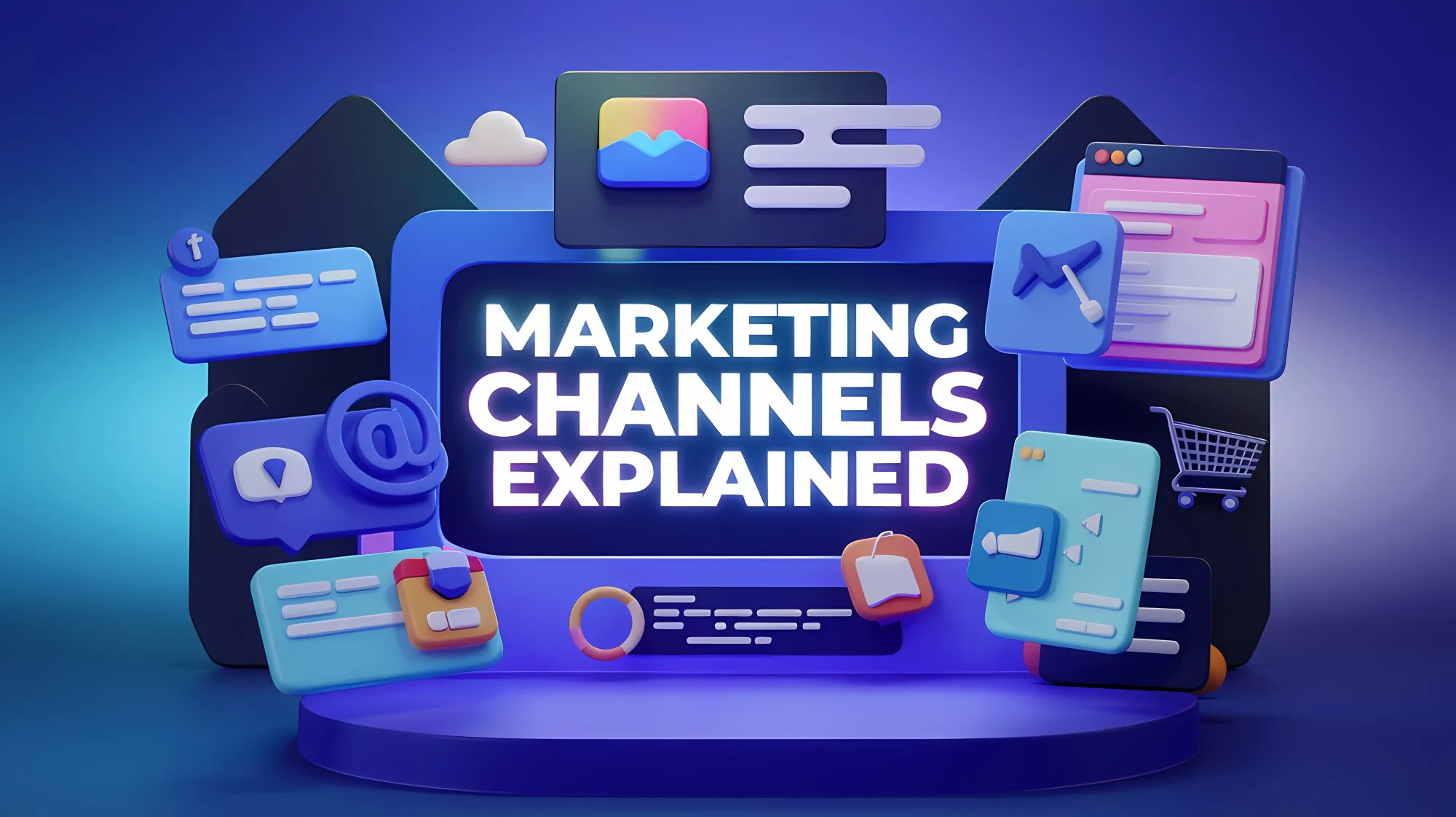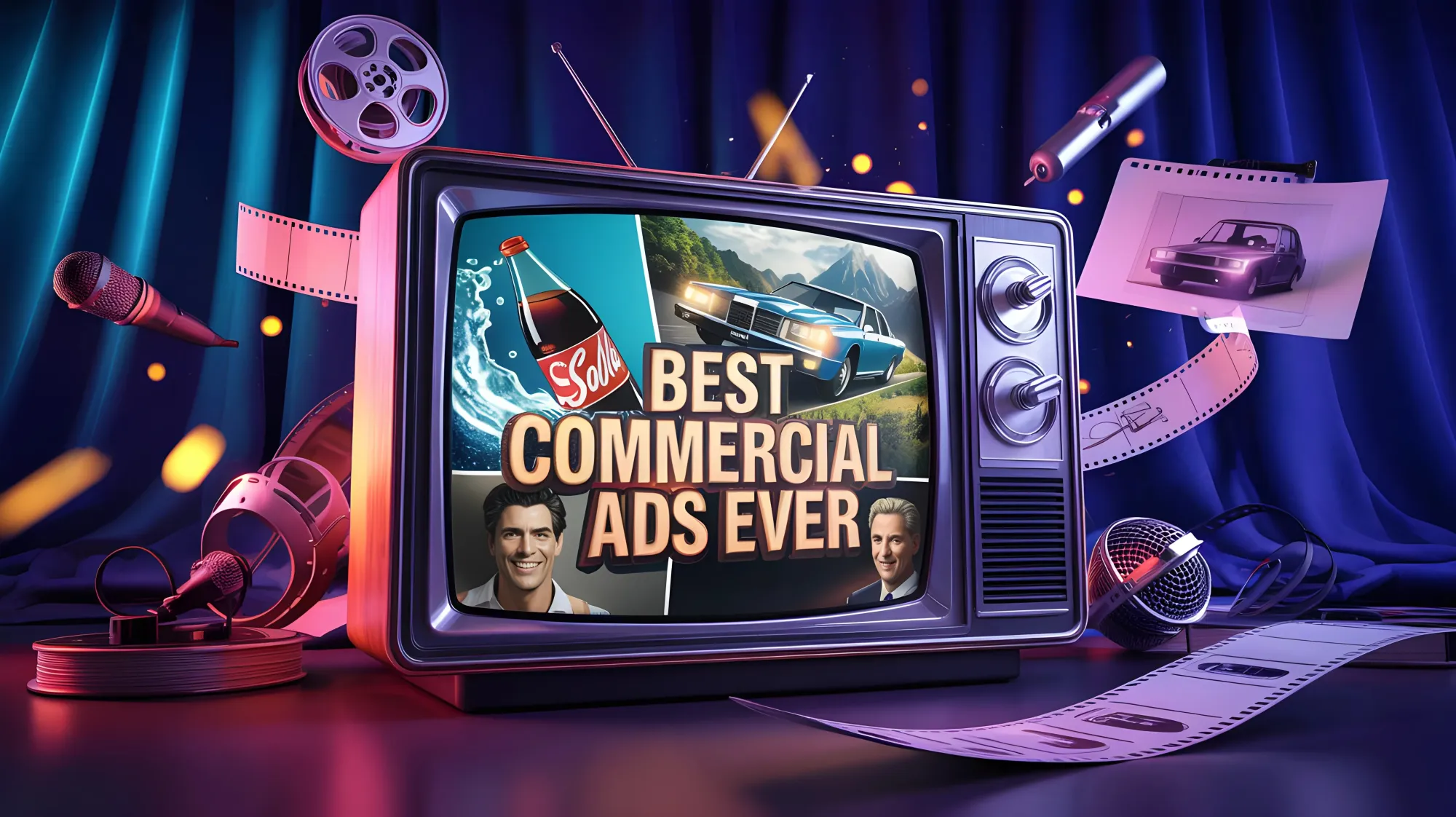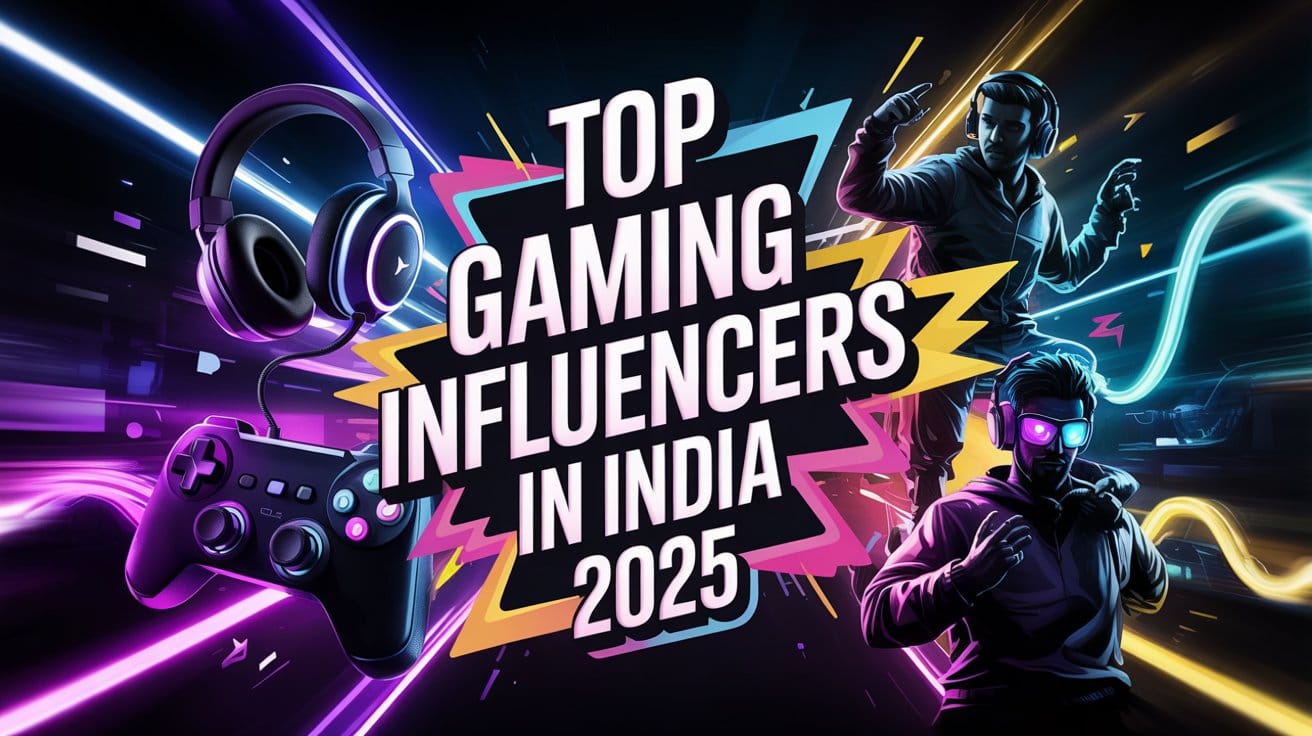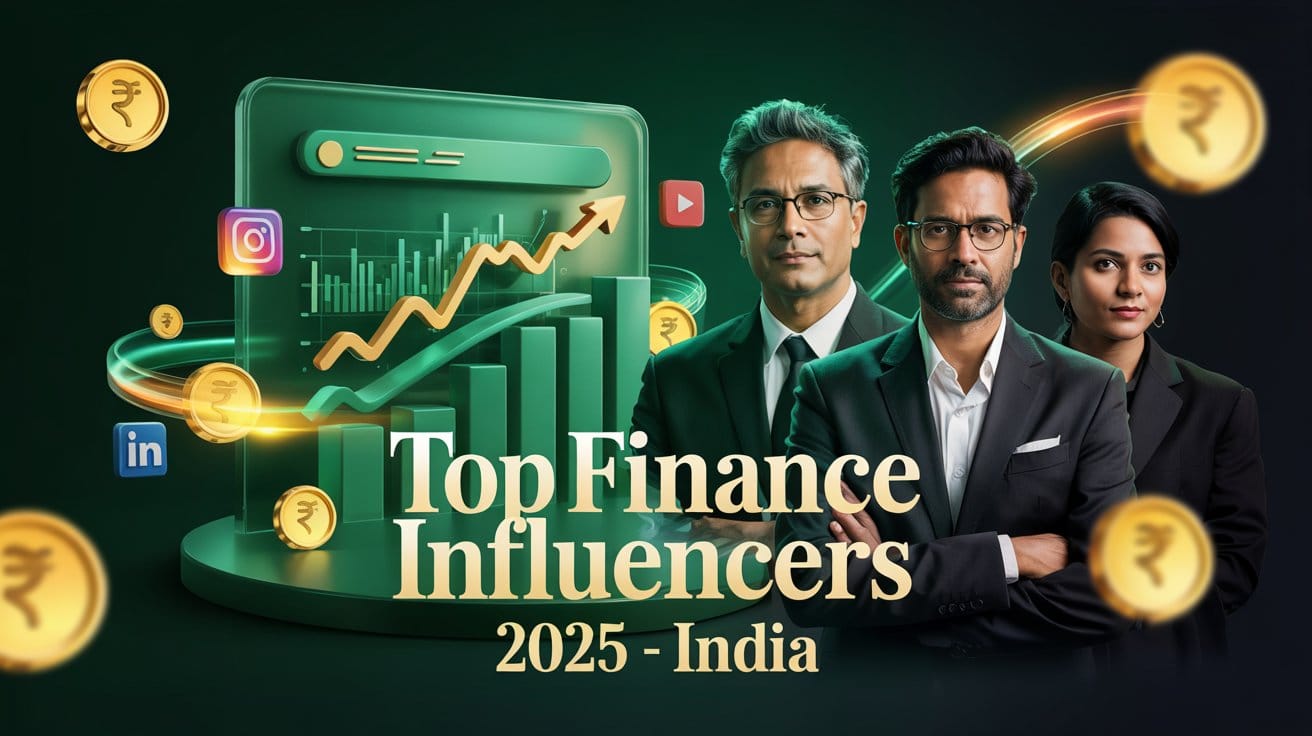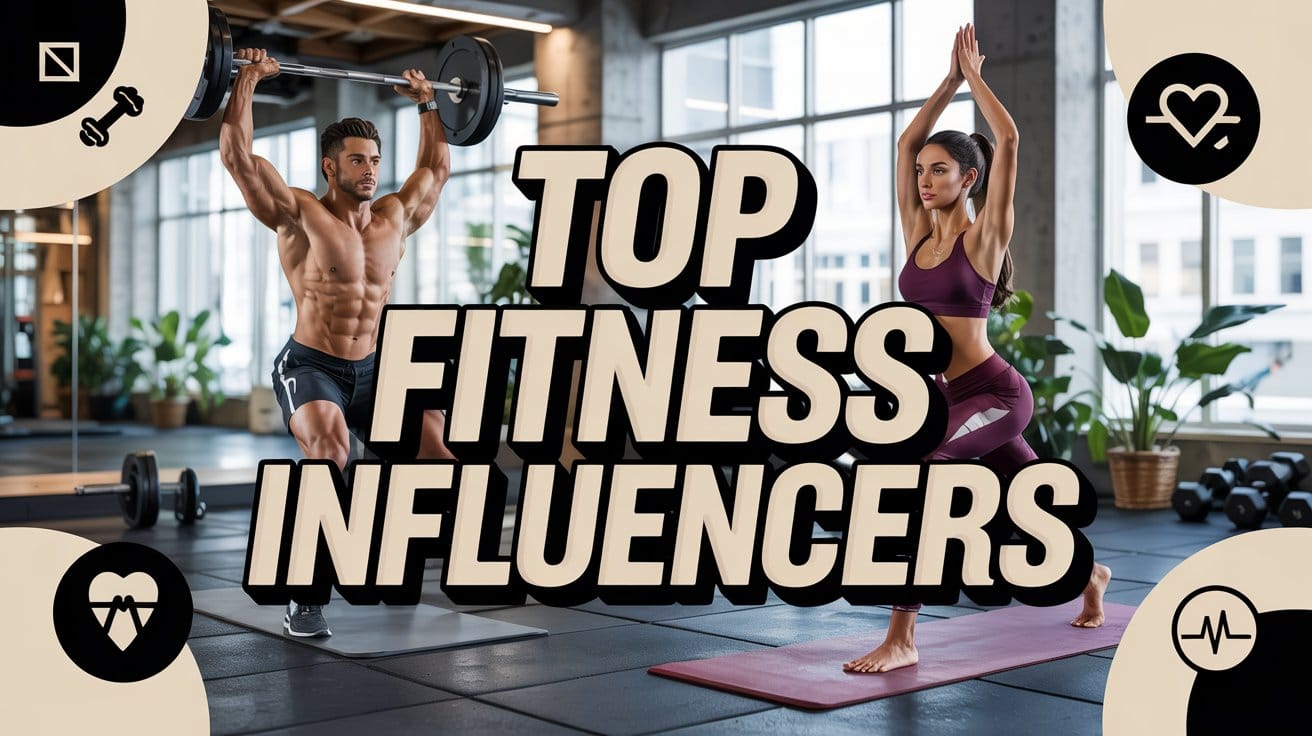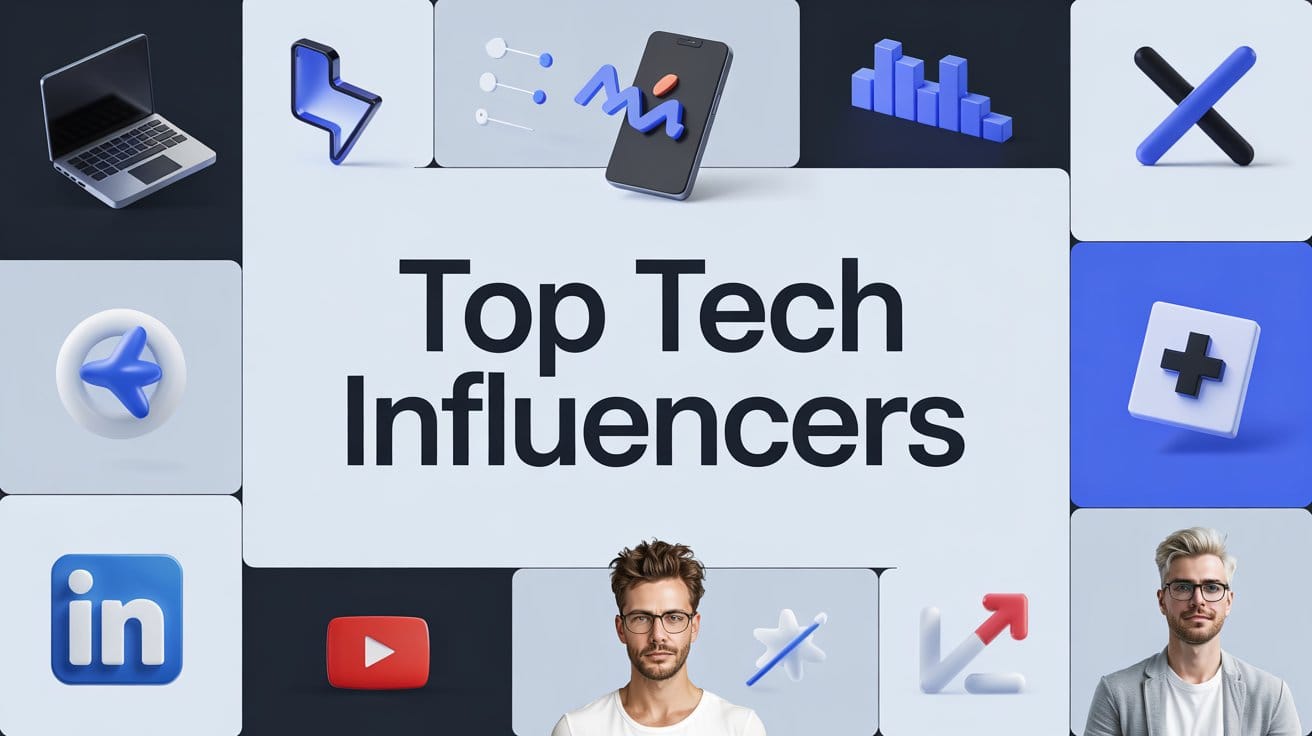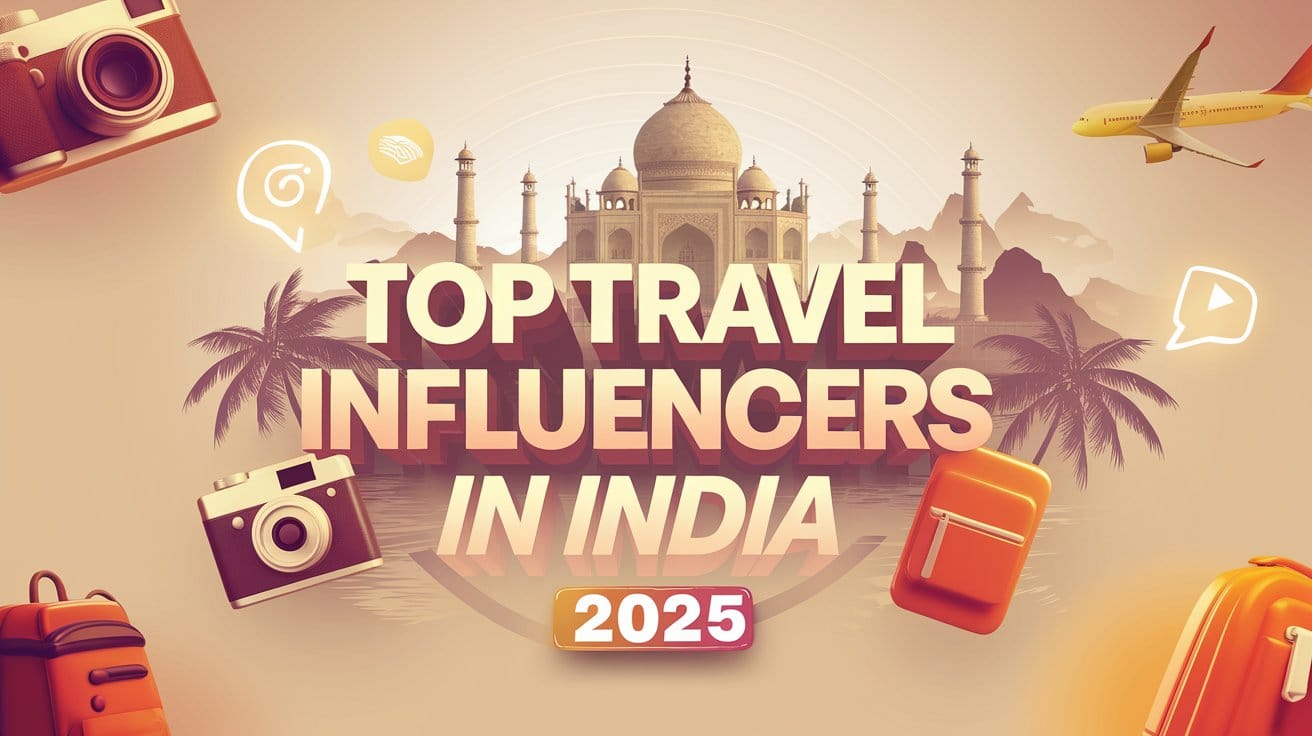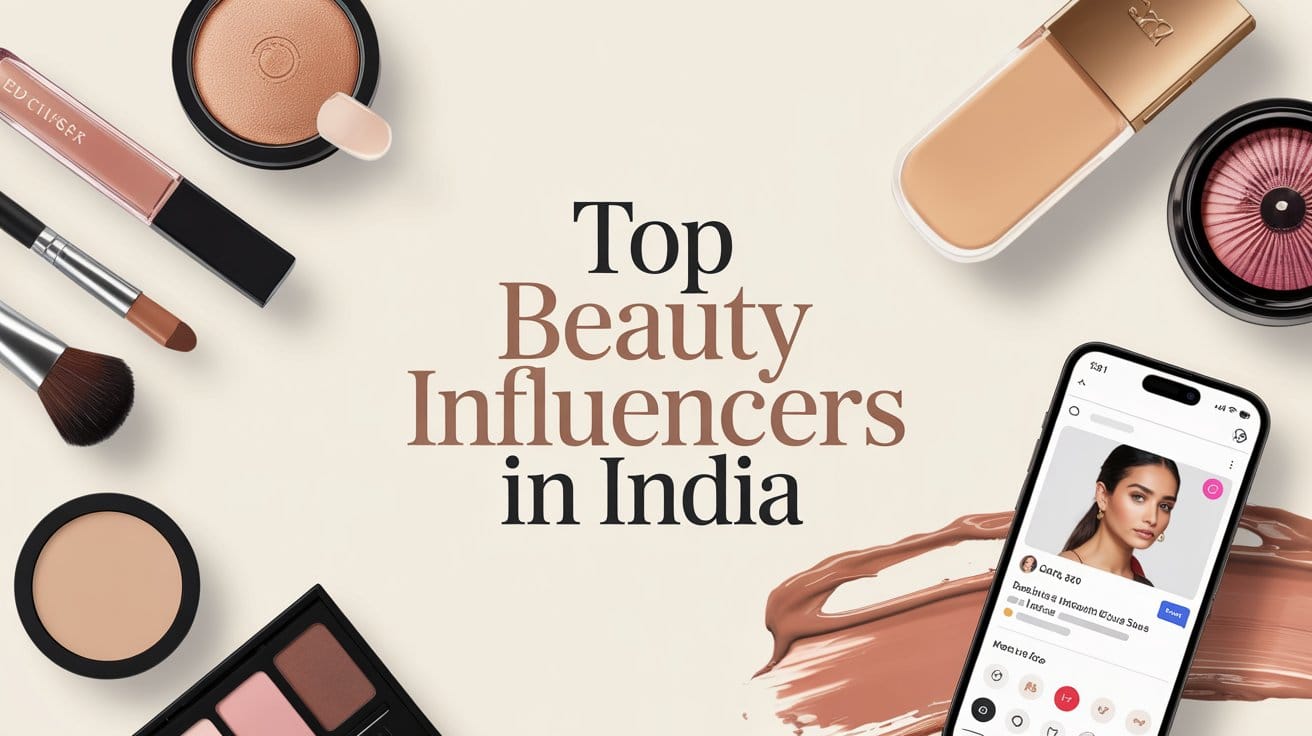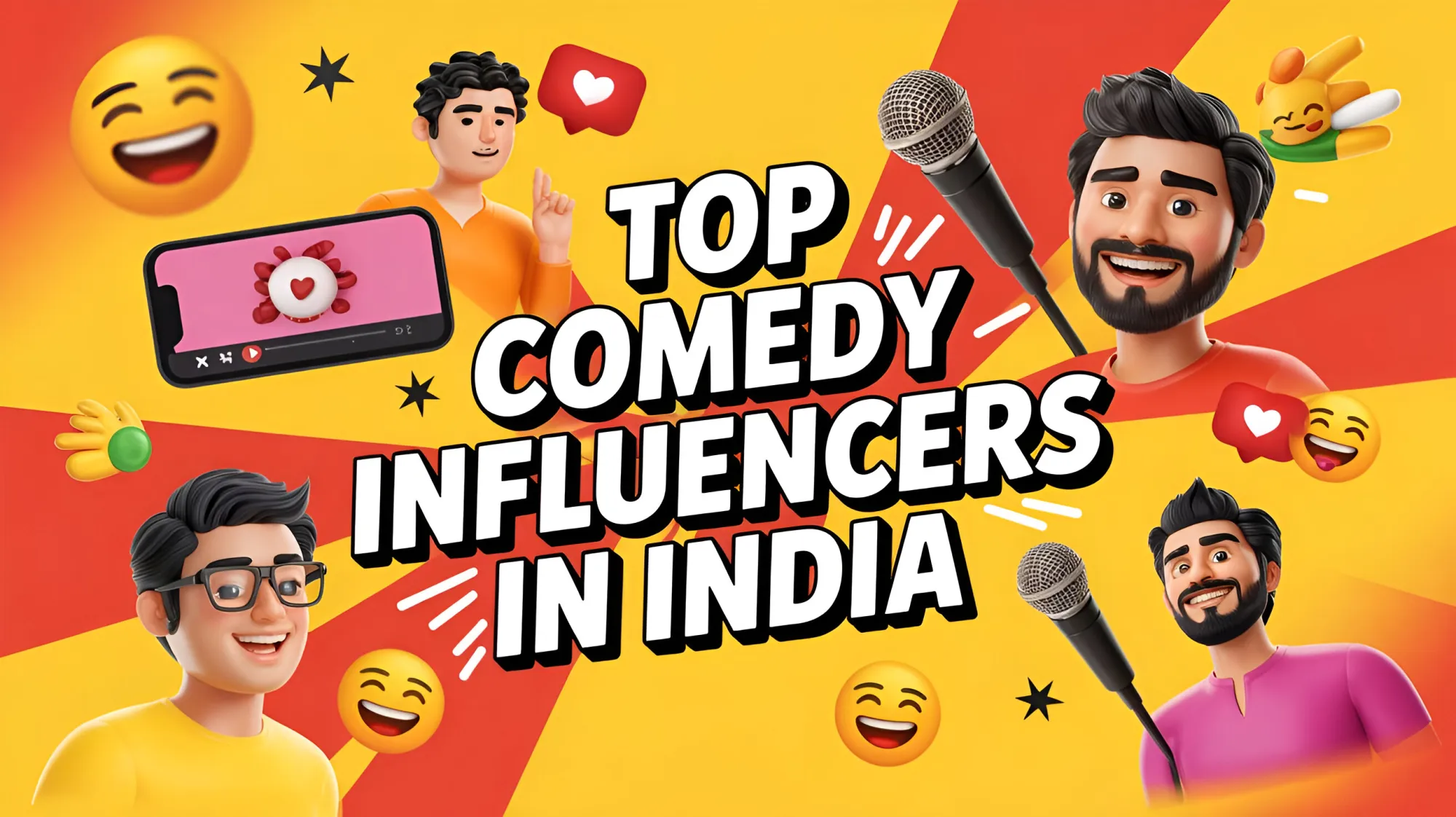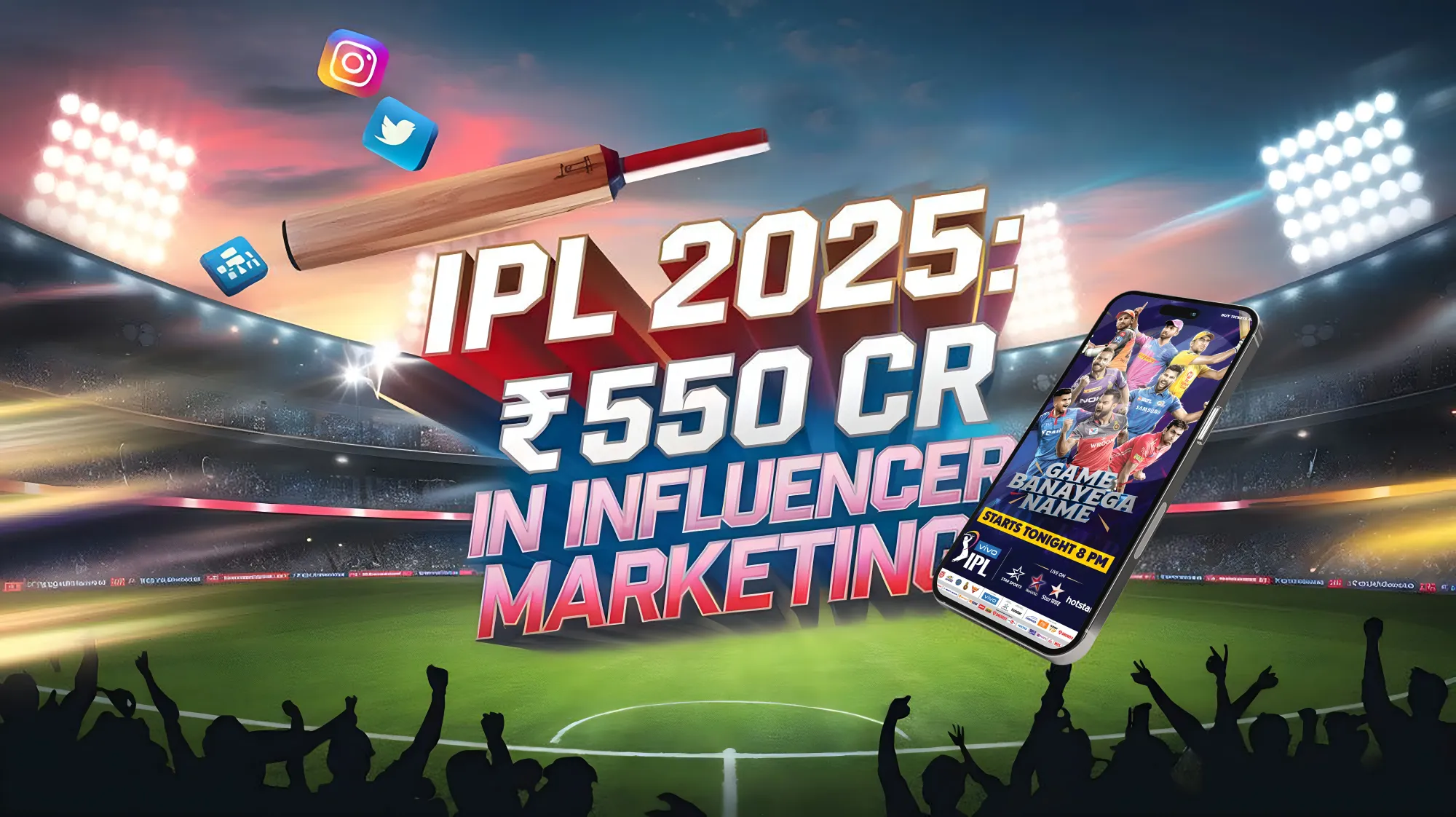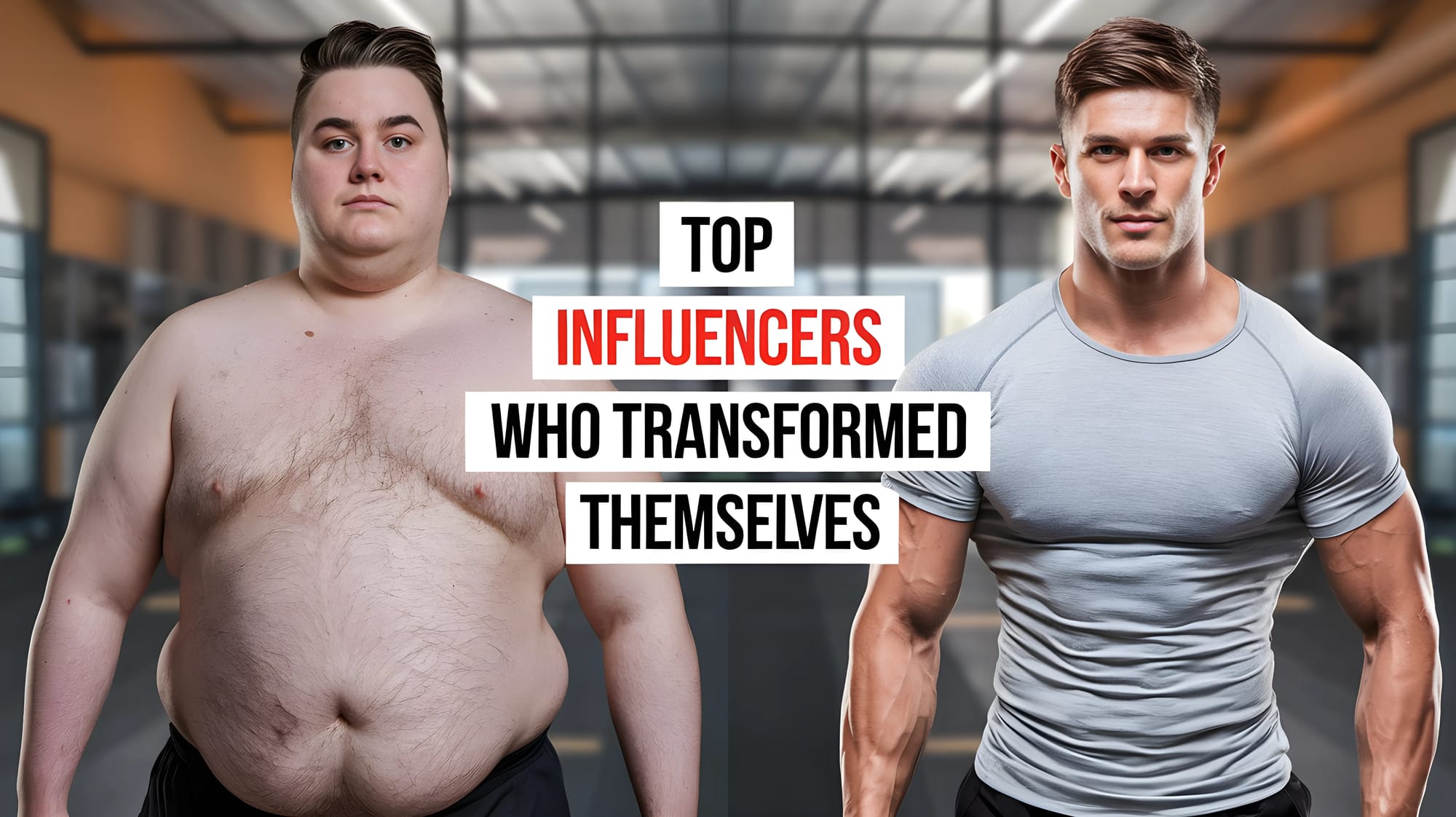If you’re serious about growing your business, you need to master the art of marketing channels. The truth is, that in 2024, reaching your target audience requires a multi-channel approach. Whether you’re a marketing pro, a small business owner, or an entrepreneur in India, understanding the various types of marketing channels is essential to driving brand awareness and growth.
We’ll dive into both traditional and digital channels, explore their benefits, and we will show you exactly how to integrate them into a killer marketing strategy.
1. Traditional Marketing Channels
📚 Print Media
Print media isn’t dead. It’s still a powerful way to reach specific demographics, especially in a market like India where newspapers and magazines are still widely read.
Amul has mastered the art of print advertising. Their iconic Amul Girl cartoons are more than just ads; they’re cultural touchpoints that resonate with Indians across the country. This is a perfect example of how print media can reinforce your brand image and keep your business top of mind.
📺 Television and Radio
TV and radio are your go-to channels if you want to reach the masses. These channels offer unparalleled reach and are ideal for brand building and launching new products.
Take Surf Excel’s “Daag Acche Hain” campaign. It’s one of the most memorable TV ad campaigns in India, embedding the brand deeply into the Indian consumer psyche. This is the kind of impact television can have when done right.
🚏 Outdoor Advertising
Billboards, hoardings, and transit ads are all about visibility. If you want to dominate a local market, outdoor advertising is your friend.
Look at Vivo and Oppo—these smartphone giants have flooded Indian cities with billboards. Their aggressive outdoor advertising strategy keeps them in the consumer’s line of sight, ensuring that their brands stay top of mind in a highly competitive market.
2. Digital Marketing Channels
📱 Social Media Marketing
Social media isn’t just a channel—it’s a goldmine. Platforms like Facebook, Instagram, Twitter, and LinkedIn give you direct access to your audience and allow you to build lasting relationships with them.
Nykaa is killing it on Instagram. They showcase their products, share beauty tips, and engage with their audience in real time. Their social media strategy drives massive traffic to their site and turns followers into loyal customers.
🔍 Search Engine Optimization (SEO)
SEO is the backbone of digital marketing. If your website isn’t optimized for search, you’re leaving money on the table. Ranking high on Google is like having a storefront on the busiest street in town.
UrbanClap (now Urban Company) didn’t just rely on ads—they invested in SEO. By optimizing their site for relevant keywords, they’ve become the go-to marketplace for services in India, consistently appearing at the top of search results.
📝 Content Marketing
Content is still king, and content marketing is how you reign supreme. Whether it’s blogs, videos, or infographics, great content attracts, engages, and converts your audience.
Zomato gets it. Their witty content and blogs not only entertain but also inform their audience. They’ve turned content marketing into an art form, driving massive engagement and brand loyalty.
📧 Email Marketing
Email marketing is your direct line to your customers. Done right, it’s one of the most cost-effective channels for driving sales and building long-term customer relationships.
Flipkart uses email marketing brilliantly, especially during events like the Big Billion Days. Personalized offers and reminders in their emails lead to higher open rates and, most importantly, higher sales.
💻 Pay-Per-Click (PPC) Advertising
PPC is for those who want results—fast. Whether it’s Google Ads or social media ads, PPC gets your business in front of the right people at the right time.
Cleartrip nails it with Google Ads. By targeting intent-based keywords, they capture potential customers at the exact moment they’re ready to book their next trip.
3. Integrated Marketing Channels
🌐 Omnichannel Marketing
Omnichannel marketing isn’t just a buzzword—it’s the future. This approach ensures that your customers have a seamless experience whether they’re interacting with your brand online or offline.
Tanishq is a perfect example. Whether you’re browsing their collection online or visiting a physical store, the experience is consistent and integrated. This is how omnichannel marketing creates a unified brand experience.
🤳 Influencer Marketing
Influencer marketing is booming, especially in India. Leveraging influencers to promote your brand can skyrocket your visibility and credibility.
Mamaearth cracked the code by partnering with influencers on Instagram and YouTube. These collaborations have fueled their rapid growth, turning a startup into a household name in the beauty industry.
Conclusion
There you have it—a comprehensive overview of the different types of marketing channels you can use to grow your business. Whether you’re leaning towards traditional channels like TV and print or diving deep into digital with SEO and social media, the key is to integrate these channels into a cohesive strategy.
By leveraging these marketing channels effectively, you’ll not only boost your brand’s visibility but also drive meaningful growth in the competitive Indian market.
Frequently asked questions
What are the most effective marketing channels for businesses in India?
Effective channels include social media, television, SEO, and influencer marketing, depending on your target audience and business goals.
How can I integrate traditional and digital marketing channels?
Use omnichannel strategies to create a seamless customer experience across both online and offline touchpoints, ensuring consistent messaging.
Which digital marketing channels should I focus on?
Focus on social media, SEO, content marketing, and PPC advertising for immediate impact and long-term growth.
Is influencer marketing effective in India?
Absolutely! Influencer marketing is highly effective in India, especially on platforms like Instagram and YouTube, where influencers have strong consumer trust.



